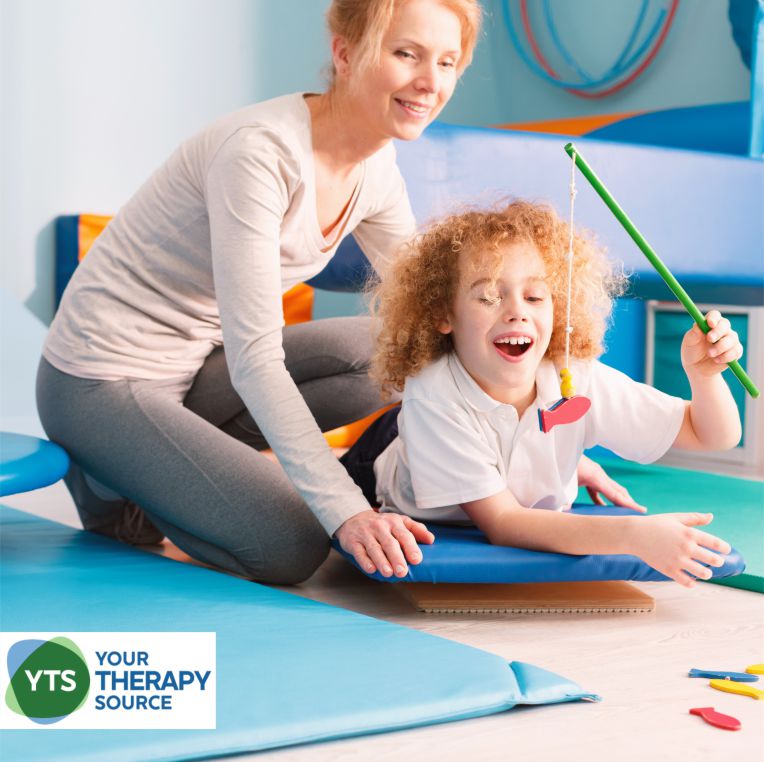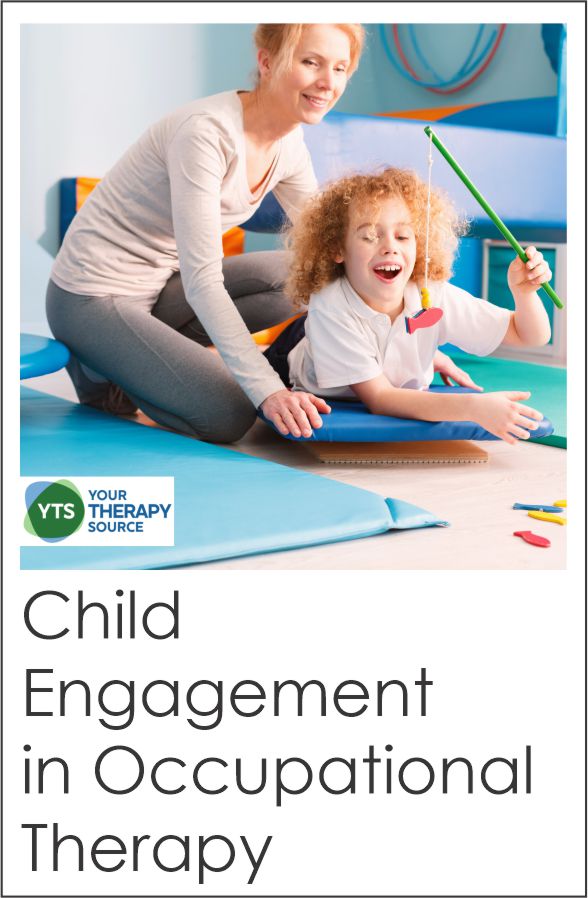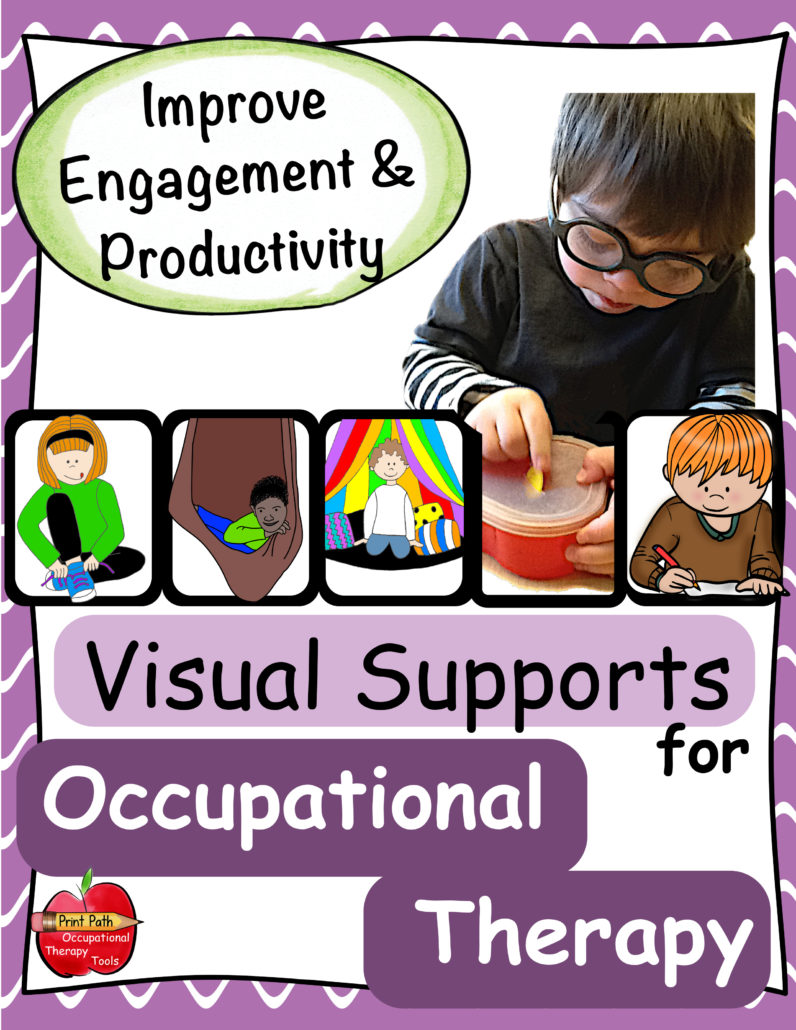Child Engagement in Occupational Therapy
The current state of understanding about how to best promote child engagement in occupational therapy is forming, but the research is limited. While it may seem obvious that engaging a child will lead them to feel more comfortable with the therapist and open up their mind (or body) for physical activity or mental stimulation as needed during treatment sessions, there isn’t much research available on what makes this happen specifically.

As therapists and parents, we know that child engagement is essential for occupational therapy to be effective. For young children, this means actively participating in the therapeutic process and understanding why they need it. Unfortunately, little research has been done on how therapists should facilitate optimal child participation so far; however, there are some initial efforts that could serve as a starting point.
In general, Occupational therapists rely on their knowledge and previous experience of how to engage children and parents in a therapy session for the explicit purpose of achieving functional goals.
What Does the Research Say on Child Engagement and Occupational Therapy?
Researchers wanted to investigate what strategies occupational therapists use in a therapy session to engage children and parents. Using observation and interviews, data was collected on the strategies.
Child engagement was described as displaying and high volition throughout the activities, independently completing them with little assistance. The child also had total absorption in what they were doing. The child appeared to be fully invested in the activity, focused on their work and not easily distracted.
The results indicated two themes of engagement. For child engagement the results showed the following strategies:
- building a connection
- attending to feelings and thoughts and behaviours
- structuring or designing the session
- giving choice and respecting their choice
- use of self
- helping the child feel success
- helping the child understand and explore.
For parent engagement the results showed the following strategies:
- connecting
- listening
- explaining
- demonstrating
- discussing
- including the parent and valuing their input
- collaboration.
Conclusion
Child engagement in occupational therapy can be a feeling of safety, looking for meaning and purpose as well as having good interactions with the therapist. The process by which occupational therapists engage children is to have the child feel safe within a relationship, experience success in an activity and see meaning and purpose in these tasks.
For parent engagement, some of the strategies that were discussed included connecting, demonstrating and discussing making sure to include the parent in your decision-making process. Finally it suggests working collaboratively with parents to determine how best they can be involved so you will need to keep them updated on what is going on throughout each step of their child’s occupational therapy.
References
D’Arrigo, R. G., Copley, J. A., Poulsen, A. A., & Ziviani, J. (2020). The engaged child in occupational therapy. Canadian Journal of Occupational Therapy, 87(2), 127-136.
D’Arrigo, R. G., Copley, J. A., Poulsen, A. A., & Ziviani, J. (2020). Strategies occupational therapists use to engage children and parents in therapy sessions. Australian occupational therapy journal, 67(6), 537-549.
Resources to Help with Engagement in Occupational Therapy
Therapists, school staff and parents are all so busy it can be hard to communicate. This collection of forms will save you loads of time. Therapists can review schedules, report on daily or weekly progress, track behavior, review IEP goals, track communication and more. It is suitable for all school based therapists. Parents can request therapist to complete daily or weekly updates especially beneficial for non-verbal children. Find out more here.
Visual Supports for Occupational Therapy can be an extremely helpful tool that almost magically improves engagement and ensures that your treatment sessions are effective. Visual supports for Occupational Therapy include task cards to be used for a variety of settings including clinic, itinerant, and classroom situations.




